Have you ever wondered why an old coin featuring a historical figure can be worth far more than the solid gold or silver bar sitting right beside it? You're not alone—collectible coins and generic bullion are very different animals, each with its own unique charm and value. Whether you're captivated by the story behind a rare, century-old gold coin or simply intrigued by the sleek simplicity of neatly stacked silver bars, exploring these distinctions can unlock a fascinating world of history, rarity, and tangible appeal. Stick around, because we're about to dive into exactly what sets collectible coins apart from bullion.
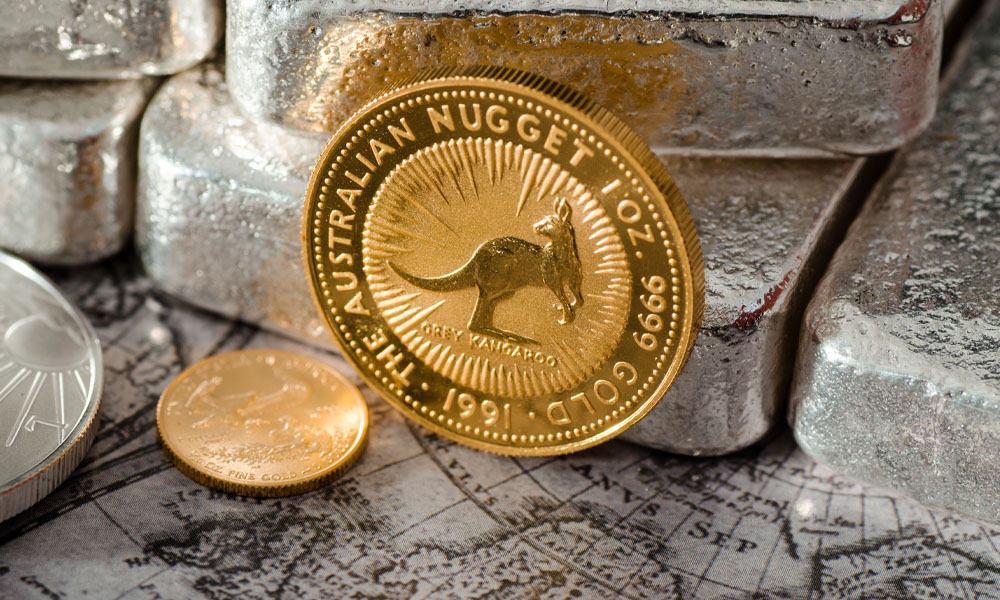
Bullion
Bullion—whether in coin, bar, or round form—is valued primarily for its metal content, form, and purity. Investment-grade bullion includes any gold, silver, platinum, and palladium products that meet minimum fineness requirements, with well-known examples such as the American Silver Eagle or the Canadian Silver Maple Leaf. The American Gold Eagle is the only exception to this rule, and is still considered IRA-eligible at 22 karat or 91.67% gold purity. The value of bullion typically follows the current market (“spot”) price of the metal, making it a popular choice among investors who want a straightforward precious metals position in their portfolio.
While bullion coins can be beautiful, their primary purpose is to provide a tangible asset that can act as a hedge against inflation and economic uncertainty. These coins typically carry high levels of purity, often 99.9% or higher, and are produced in large quantities to meet the demand of investors and precious metals enthusiasts. Because the price of bullion is so closely tied to the spot market, it tends to be very liquid, allowing owners to buy or sell easily based on market fluctuations.
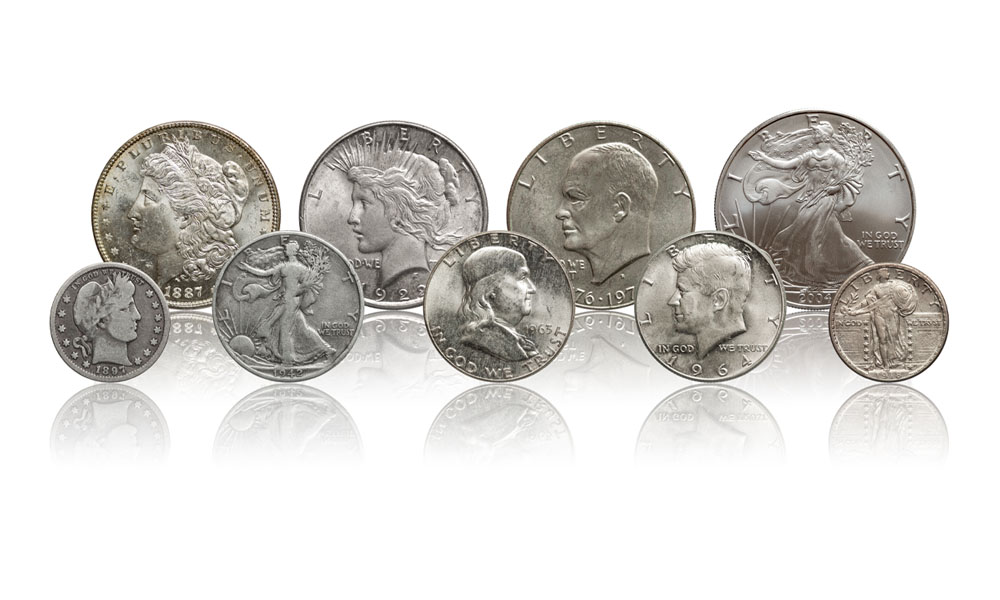
Collectible Coins
Collectible coins, also referred to as numismatic coins or “numismatics,” are treasured for more than just their metal content. They derive much of their value from factors such as rarity, condition, and artistic design. Many collectible coins celebrate specific events or figures, while others are sought after because of low mintage numbers or unique mint errors. A coin’s condition drastically impacts its value in the eyes of collectors, making professional grading services like Professional Coin Grading Service (“PCGS”) and Numismatic Guaranty Company (“NGC”) helpful in determining overall value.
For those who love the interplay of history and art, collectible coins offer a tangible way to connect with the past. They often feature exquisite engravings and details that showcase the craftsmanship of the mint, and they may highlight pivotal moments in history or commemorate cultural icons. Because of these qualities, collectible coins often command premiums well above the spot price of their metal content.
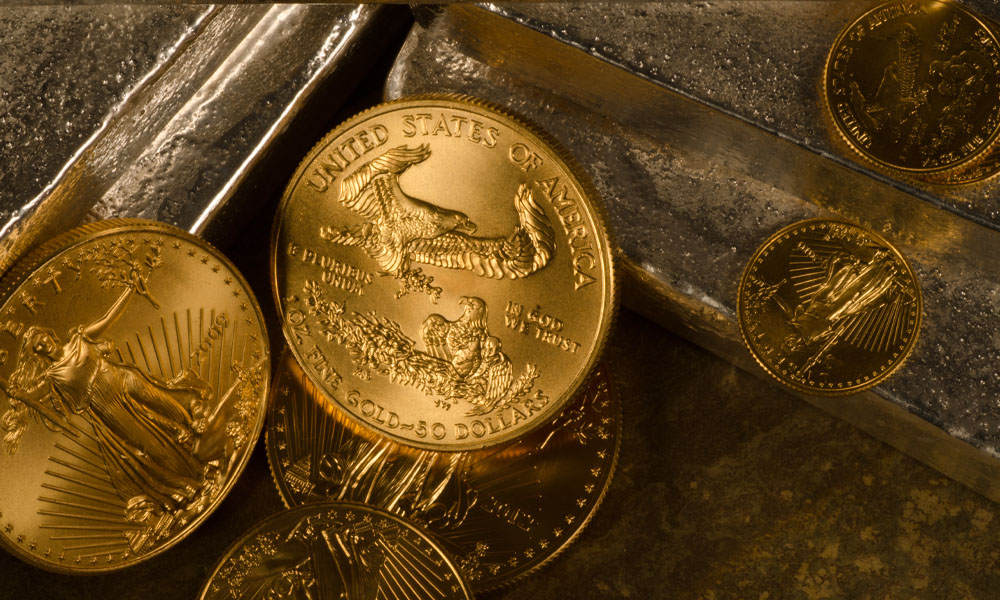
Key Distinctions
Collectible coins and bullion coins may look similar, but they serve different purposes. Collectible coins are purchased by enthusiasts who appreciate the pieces’ unique qualities beyond metal value. In contrast, bullion is favored by those seeking a tangible, easily traded asset whose value directly corresponds to the metal’s current market price. Collectors often enjoy more stable or even rising values if a coin is scarce and in high demand, though finding a buyer willing to pay a premium can require research and patience. Bullion owners track the price of gold, silver, or other metals daily and typically have an easier time selling quickly at a clear, market-derived price.
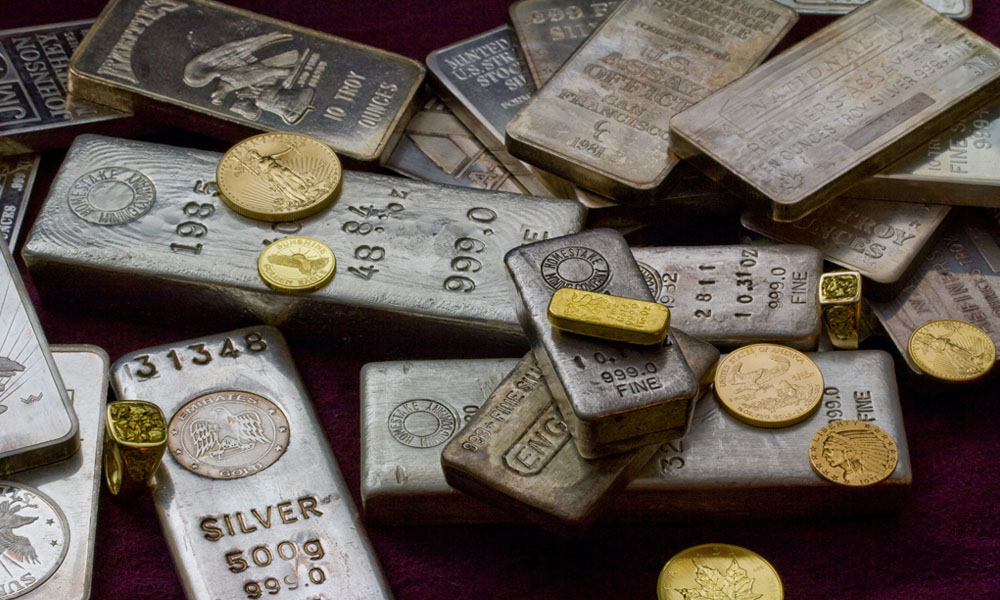
Choosing Your Path
Deciding which category to pursue often depends on whether your priority is personal enjoyment or financial simplicity. If you love the allure of rare coins, historical connections, and artistic designs, collecting numismatic pieces could be an enriching hobby that may also yield profits over time. If your main interest is in the intrinsic value of precious metals and you want to diversify your investment portfolio, bullion is usually the more straightforward and liquid option.
Many people choose to blend both worlds by holding a portion of their assets in bullion for stability while exploring collectible coins as a fun hobby with potential long-term gains.
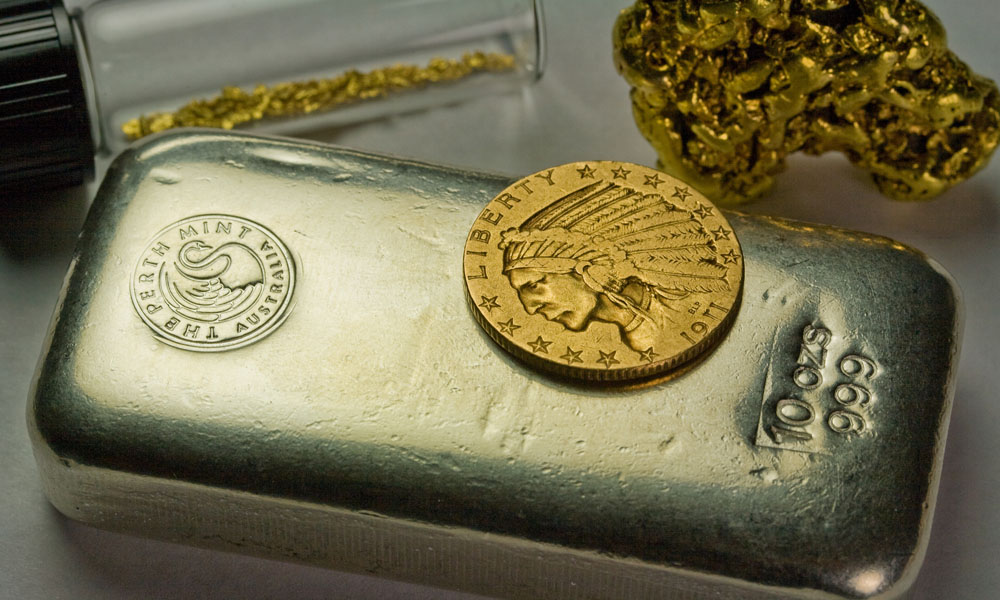
Final Thoughts
By recognizing the difference between collectible coins and bullion, you can make more informed decisions about how to build your collection or portfolio. Remember, collectible coins are about rarity, grade, and condition, and stacking bullion is about acquiring pure metal weight. But whether it’s the joy of holding a piece of history in your hand or the reassurance of owning a tangible asset that closely tracks the spot market, both collectible coins and investment-grade bullion can become parts of your winning strategy. While you're he're, feel free to check out our amazing selection of gold and silver bullion coins!
